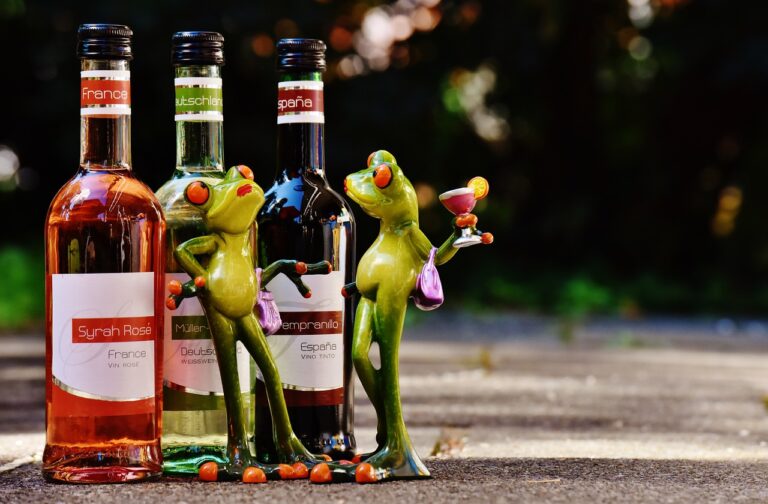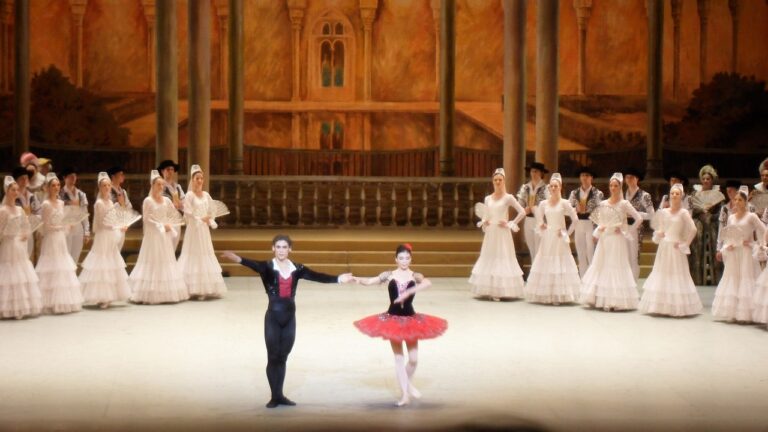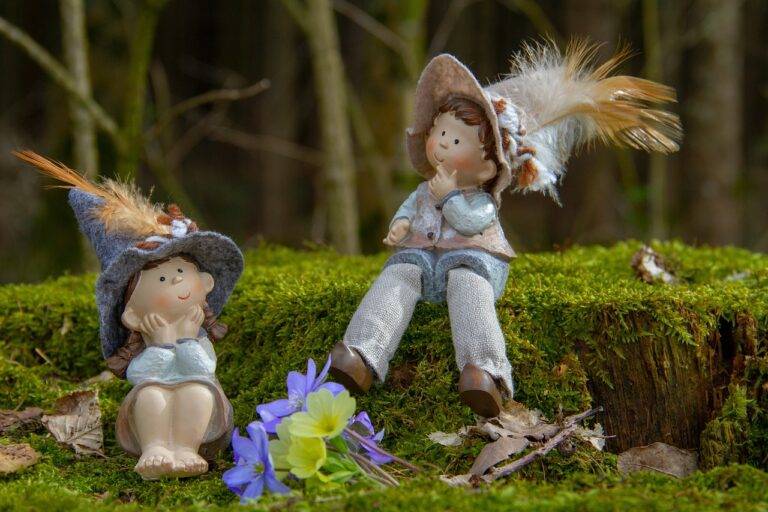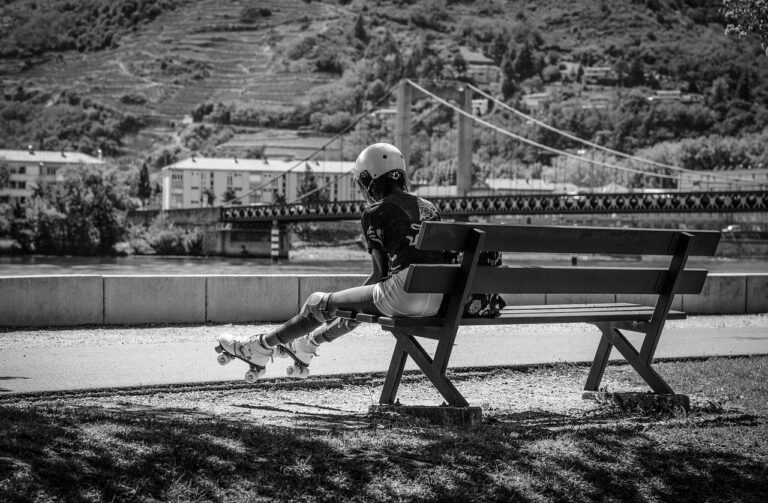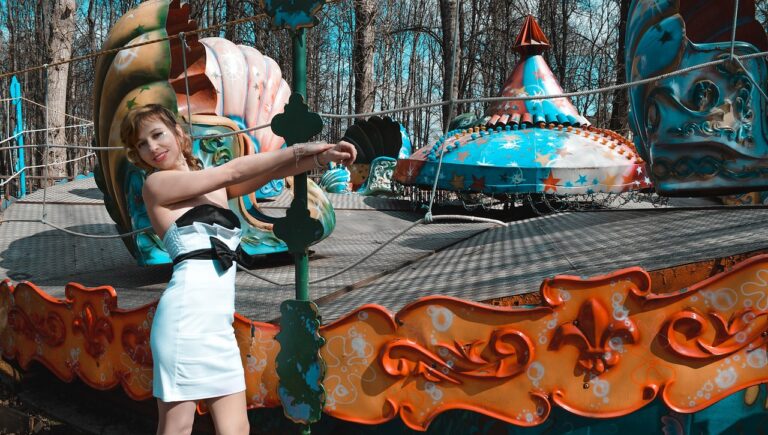Diversity in Animation: Representation and Inclusivity in the Industry
Authentic representation in the media industry remains a complex and ongoing challenge. It requires a delicate balance between honoring cultural diversity and avoiding harmful stereotypes. Despite efforts to showcase diverse characters and stories, the portrayal of marginalized groups often falls short of capturing the full spectrum of their experiences.
One of the main hurdles in achieving authentic representation is the lack of diversity in decision-making roles. When individuals from underrepresented groups are not involved in the creative process, it can lead to misinterpretations and limited perspectives in the final product. Additionally, there is a tendency to rely on clichés and surface-level characteristics, which diminish the richness and complexity of diverse cultures and identities.
The Impact of Stereotypes in Animation
Stereotypes in animation have a powerful influence on shaping the way viewers perceive different cultures, genders, and identities. When characters are portrayed in a one-dimensional or exaggerated manner based on clichés and generalizations, it can perpetuate harmful misconceptions and reinforce prejudices. These stereotypes can not only limit the representation of diverse groups but also lead to the internalization of biased beliefs by the audience, especially children who are highly impressionable.
Moreover, the pervasive presence of stereotypes in animation can contribute to the marginalization and underrepresentation of certain communities. When characters from marginalized groups are consistently portrayed in a negative light or as sidekicks without depth or agency, it can send a damaging message about their worth and importance in society. As a result, it is crucial for creators and storytellers to be mindful of the impact of stereotypes in animation and strive to promote authentic and respectful representations that celebrate the richness and complexity of all identities.
Promoting Cultural Diversity in Storytelling
Storytelling serves as a powerful tool in promoting cultural diversity by showcasing a wide range of perspectives and experiences. When creators incorporate diverse characters and narratives into their stories, they help break down stereotypes and foster understanding among audiences. By weaving in elements of different cultures, traditions, and backgrounds, storytellers enrich their narratives and offer a more inclusive representation of the world we live in.
However, promoting cultural diversity in storytelling comes with its own set of challenges. One of the biggest hurdles is ensuring that representation is authentic and not rooted in harmful stereotypes or tokenism. It is crucial for storytellers to engage with individuals from diverse communities to accurately portray their experiences and avoid falling into clichés or misrepresentation. By prioritizing genuine and respectful portrayals, stories can become a vehicle for celebrating the richness of different cultures and fostering a sense of unity among viewers.
• Authentic representation of diverse communities is crucial in promoting cultural diversity in storytelling
• Engaging with individuals from different backgrounds helps avoid harmful stereotypes and tokenism
• Prioritizing genuine and respectful portrayals can celebrate the richness of various cultures
• Stories have the power to foster unity among viewers by showcasing a wide range of perspectives and experiences
Why is promoting cultural diversity in storytelling important?
Promoting cultural diversity in storytelling is important because it helps to accurately represent the world we live in and allows for different perspectives and experiences to be shared and celebrated.
What are some challenges in achieving authentic representation in storytelling?
Some challenges in achieving authentic representation in storytelling include lack of diversity in the industry, cultural biases, and stereotypes that can perpetuate harmful narratives.
How do stereotypes impact animation?
Stereotypes in animation can perpetuate harmful and inaccurate portrayals of certain cultures or groups of people, leading to misconceptions and reinforcing negative stereotypes.
What are some ways to promote cultural diversity in storytelling?
Some ways to promote cultural diversity in storytelling include hiring diverse creators and talent, conducting research to accurately portray different cultures, and actively seeking out and supporting diverse stories and voices.


